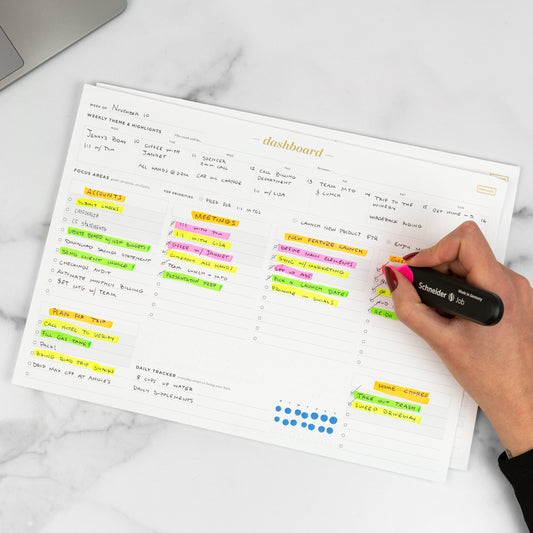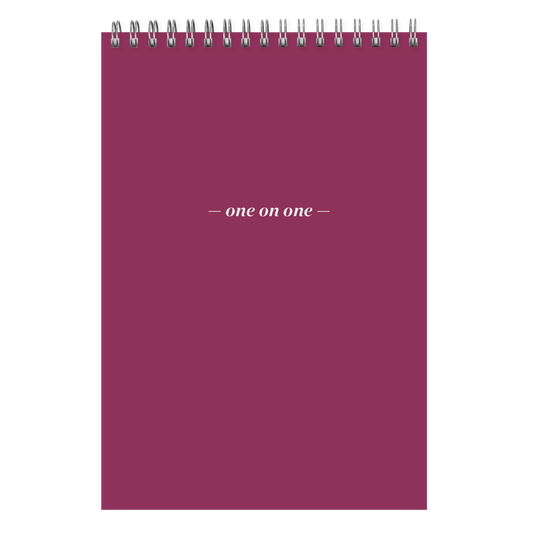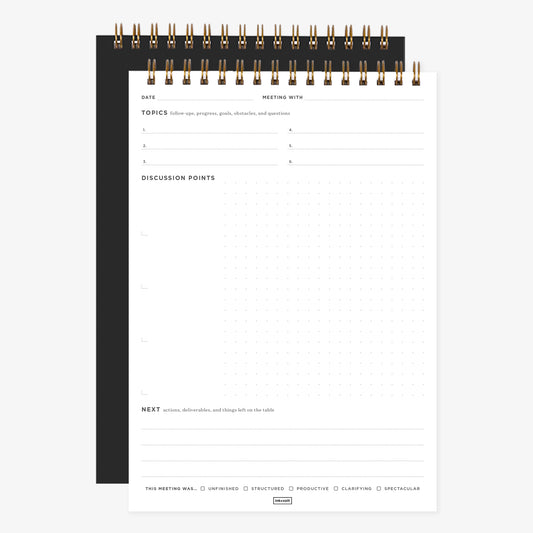Here at Ink+Volt, we believe in doing things by hand.
Whether it’s writing cards to loved ones, note-taking, journaling, or planning, we know that there’s power in picking up a (beautiful) pen and putting it to paper.
(And the benefits aren’t just aesthetic — research shows that writing by hand helps with your memory too!)
We’ve shared our top picks for gel pens and everyday pens with you before, but as pen aficionados know, there’s something really special about the fountain pen.
Bestselling authors Stephen King and Neil Gaiman swear by their fountain pens! In fact, both writers exclusively use fountain pens to hand write drafts of their novels. Stephen King describes his favorite fountain pen, the Waterman, as “the world’s finest word processor.”
Whether you’ve never picked up a fountain pen before or you’re looking to add to your collection, we’re here to break down the steps to help you find the best fountain pen for you!
How a fountain pen works
Before you can find the best fountain pen, it’s important to understand how they work. The setup is very different from a rollerball or ballpoint pen.
There are three key parts to a fountain pen: the ink reservoir, the feed, and the nib.
The ink reservoir is what holds the ink. (We’ll get into the types of inks that are best for fountain pens soon!) The feed sits in between the reservoir and the nib and acts as a conductor, moving the ink from the reservoir into the nib while regulating the flow.
When the pen is held upright, the force of gravity draws the ink from the reservoir and allows it to flow through the feed and into the nib. This same force, known as capillary action, keeps the ink moving down the length of the nib until it reaches the tines — the two halves of the nib tip that are separated by a thin slit. When you press the nib of your fountain pen to paper, those tines flare slightly, depending on how much pressure you apply, and the ink flows onto the paper.
Here’s a more in-depth look at how fountain pens work, and if you’d like another visual, JetPens has a really great illustration of all the parts of a fountain pen.
Features to consider when selecting the best fountain pen for you
Ink-filling system
There are three main types of fountain pen ink-filling systems: cartridge, converter, and built-in filling system. The one that’s right for you depends on whether your priority is convenience, capacity, or color variety.
Most fountain pens use ink cartridges. These are disposable small plastic reservoirs of ink, and they are hands down the easiest type of fountain pen ink-filling system to replace. (Think like the cartridges you might use in your home printer!) They also hold a pretty significant amount of ink, so your cartridges should last a long time. That said, most pens require you to use ink cartridges from the same brand as your pen, which can significantly cut down on the available color options.
Many cartridge fountain pens are compatible with converters. Converters fit into the pen just like a cartridge, but you can fill them with bottled ink. This method is a little trickier to master — here’s a helpful walk-through from Goulet Pens — and the capacity of converters is typically much smaller than cartridges. That said, one major perk of the converter method is that by using bottled ink, your color options are almost limitless!
Finally, pens that use built-in filling systems don’t use cartridges at all. Instead, they use a piston or vacuum method to pull ink into the pen directly from the bottle. The pluses? The capacity of these types of pens is *much* larger than either cartridge or converter pens, and once again, using bottled ink means you have many more color options. The downside with these pens is convenience. If you run out of ink on the road and you don’t have your ink bottle with you, you won’t be able to refill.
Once you’ve decided what type of ink-filling system is best for you, be sure to read our guide on how to find the best fountain pen ink!
Pen design
Fountain pens come in all shapes and sizes, so it’s important to consider how the pen will feel in your hand when selecting the best fountain pen for you.
First, you’ll want to keep in mind the length of the pen. Fountain pens can range in length from very small (like the Kaweco Sport or the Pilot Preppy) to a standard size. Using a pen that’s either too small or too long for your hand can cause cramping after long periods of use! If you’re ordering your pen online, be sure to look at the dimensions to make sure that the length will be appropriate for your hand.
You’ll also want to consider the weight. Some people prefer pens that are lightweight, while others prefer fountain pens that have a heft to them. Typically, this is determined by the material. Plastic pens (like TWSBI Eco) or aluminum pens (like the Lamy Al-Star) are much lighter than those made of heavy metal like steel (like the Lamy Scala).
Nib style
When you purchase a fountain pen, you will also select the style of nib you’d like to accompany it, so it’s important to consider how you want your handwriting to look when selecting the best fountain pen nib for you.
Nibs are usually either extra fine, fine, medium, or broad. If you have smaller handwriting, you’ll want to go for the extra fine or fine nibs. If your handwriting is larger, a broad nib might be best for you.
Best fountain pens
Now that you’ve decided what features are most important to you, here are some of the best fountain pens! (See even more of our selection here.)
This pen is recommended by JetPens as one of their bestsellers for beginners. Its plastic body is lightweight, and it can use either the cartridge or converter ink-filling systems.
This is a customer favorite pen. It’s lightweight with a metallic matte finish and stainless steel accents and can use either the cartridge or converter ink-filling systems.
The Lamy Safari is another of the most popular beginner pens, perfect for everyday writing. It’s durable and light, and the triangular shape of the grip gently and helpfully guides your hand into the correct position. The Lamy Safari uses either Lamy cartridges or a converter for ink.
The TWSBI Eco features a clear acrylic barrel so you can always see your ink level. Unlike some of the other pens we’ve discussed so far, it relies on a piston ink filling system.
The Lamy Al-Star is very similar to the Safari, but the Al-Star is aluminum. Like the Safari, it has a helpful triangular grip, and can utilize either a Lamy cartridge or a converter for ink.
The Kaweco Sport is a pocket-sized fountain pen that turns into a full-sized pen when posted (or when the cap is on the end). It comes with a cartridge, but can also use a converter or be converted to an eyedropper pen
Like the Eco, the TWSBI Diamond 580 has a transparent body that allows you to see your ink level. It also has a faceted barrel that helps keep the pen from rolling away once you set it down. The Diamond 580 uses a piston system for ink so can only be filled by bottled inks.
This is the pen bestselling author Neil Gaiman uses to write all of his novels. It’s Lamy’s flagship fountain pen, and definitely a higher price point, but the shape of the barrel makes it more comfortable for writing for lengths of time. The body of the pen is made of fiberglass and contains a piston filler, so it can only use bottled inks but has a larger capacity.
The Lamy Scala is another higher end Lamy product with a stainless steel body that’s perfect for everyday or professional writing. Unlike the Lamy 2000, the Scala comes with a cartridge or can use a converter.
Whether you’re picking out your first or fifth fountain pen, we hope this guide has helped you identify which pen might be the best fountain pen for your needs. We can’t wait to see what you create with it!









